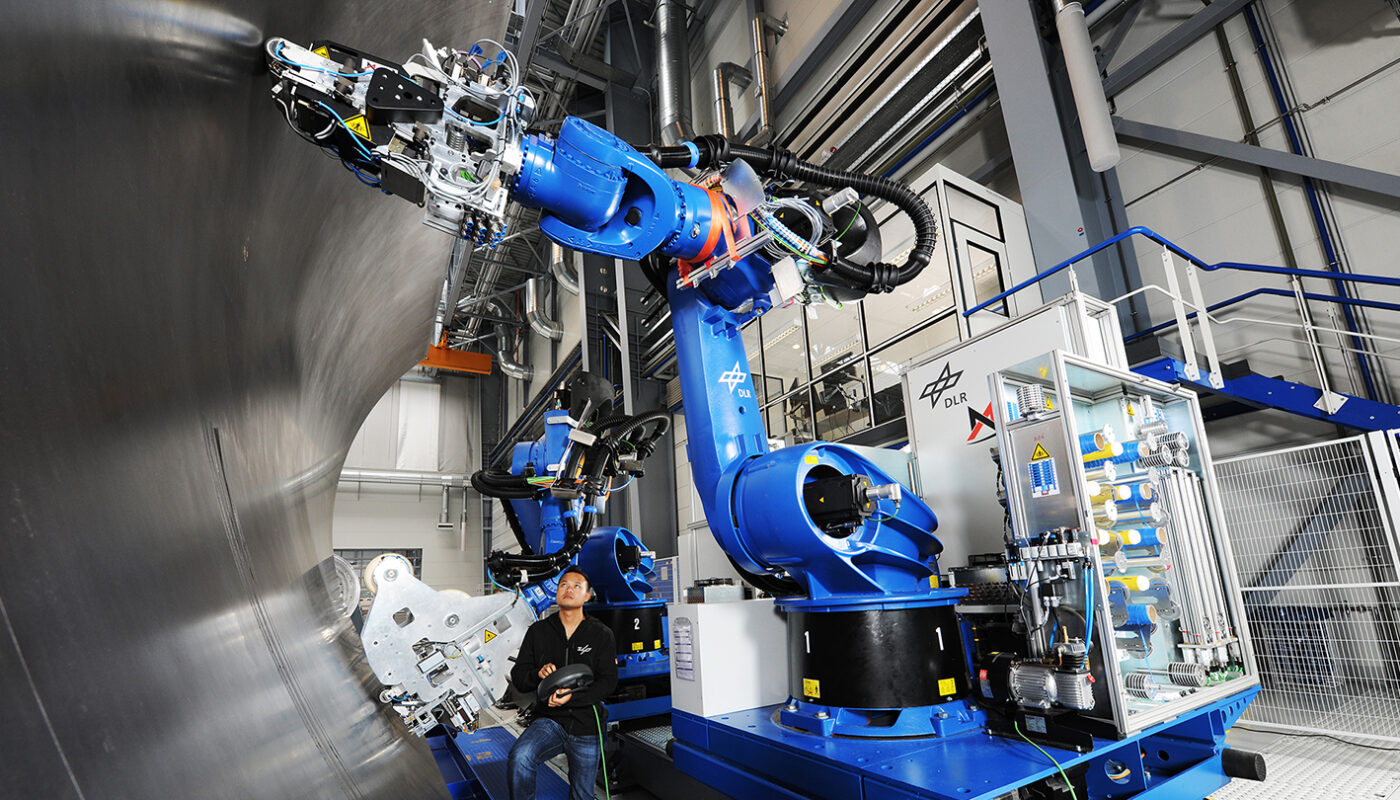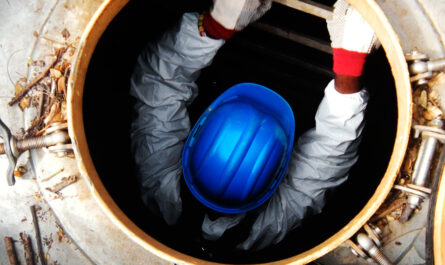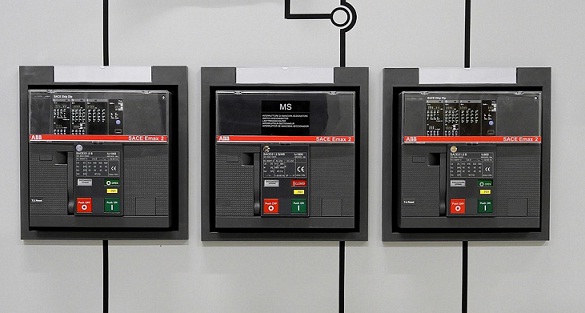Introduction
Automated fiber placement (AFP) and automated tape laying (ATL) are two important technologies that are changing the way composite materials are manufactured. By utilizing computer-controlled robots to precisely place composite fibers or tapes, AFP and ATL machines allow for highly automated, flexible and cost-effective production of complex composite parts. This article explores how these technologies work and their significant benefits over traditional manufacturing methods.
What is Automated Fiber Placement?
Automated fiber placement uses computer-controlled robots to lay down composite fibers onto a mold or tool. In AFP machines, a fiber placement head precisely guides and places dry composite fibers from spools onto the tool surface based on CAD design data. The fibers are consolidated using heat and pressure to bond them to the layer below. AFP enables highly complex fiber orientations and patterns that would be difficult or impossible to achieve manually. Fibers can be placed bi-directionally or even dropped off at sharp corners and complex curves to optimize part performance. Leading AFP machines can place fibers at rates exceeding 10 meters/minute with placement accuracies under 0.01 mm.
Benefits of AFP
Automated Fiber Placements And Automated Tape Laying Machines provides several key advantages over hand layup manufacturing processes. Automation allows for higher production rates and repeatability compared to labor-intensive manual layups. Complex curved or contoured parts can be produced easily with AFP. Material waste is minimized since fibers are only placed where required by the design. The ability to achieve varying fiber angles and drop-offs within a single layer also improves part structural performance. AFP parts tend to have very smooth surfaces with a high-quality finish suitable for cosmetic applications. Overall, AFP enables more efficient, flexible and cost-effective manufacturing of advanced composite parts.
What is Automated Tape Laying?
Automated tape laying (ATL) utilizes similar robotics as AFP but places prepreg composite tapes onto molds instead of individual fibers. In ATL machines, continuous rolls of pre-impregnated (prepreg) composite tape are fed into the machine and guided onto the tool surface under computer control. The tapes are cut and consolidated as they are placed to build up composite laminates. ATL is well suited for multi-axis, doubly curved and complex contoured parts that require large fiber placements but not the fine fiber control of AFP. Tape widths commonly range from 150 to 450 mm allowing for high deposition rates of over 20 square meters per hour.
Benefits of ATL
Some key advantages of ATL compared to traditional hand layup include significantly higher production speeds, reduced labor costs, ability to manufacture intricate shapes, and repeatable automated quality. ATL is generally faster than AFP since it places wider prepreg tapes rather than individual fibers. Tool access is improved over AFP enabling manufacture of parts with deep inner contours. Material waste is minimized by precisely placing tape only where required. Process automation yields excellent reproducibility and laminate consistency across batches. Overall, ATL delivers manufacturing capabilities for complex composite aircraft and automotive parts at mass production levels.
Hybrid Systems
Some advanced fiber placement machines now combine both AFP and ATL functionality in a single hybrid system. This allows operators to optimally utilize fine fiber or coarse tape capabilities based on specific part areas and design requirements. Hybrid systems provide maximum flexibility by enabling fiber or tape placement on the same tool during a single layup operation. Control systems integrate both capabilities for smooth transitions between techniques. Hybrid AFP/ATL systems leverage the strengths of both technologies to manufacture exceptionally demanding composite parts with optimal materials usage.
Quality Assurance and Inspection
Maintaining stringent quality control is vital in high-performance composite manufacturing. AFP and ATL machines have integrated inspection capabilities to validate fiber and tape placement in real-time. In-process non-destructive inspection tools such as cameras verify fiber angles, widths, overlaps and gaps are within tight tolerances. Inspection data is analyzed against CAD models to identify any defects immediately so corrective action can be quickly taken if needed.
Post-processing inspection stations also thoroughly verify the cured or co-cured laminates meet design specifications. Automated tape placement related defects like bridging, lifting or kinking are detectable. Advanced ultrasonic C-scan and radiography techniques precisely map fiber orientations and detect voids or wrinkles invisible to the naked eye. Combine AFP/ATL with automated quality systems ensures consistently flawless composite parts meeting the strictest industry certification standards.
Automated fiber placement and tape laying have revolutionized how advanced composite parts are manufactured. By precisely robotically placing composite fibers or tapes, AFP and ATL enable entire laminates to be fabricated quickly, flexibly and with unmatched quality control. These technologies satisfy growing demand for aircraft, wind turbine blades, and other mission-critical composite components. Looking ahead, further developments in process control, hybrid capabilities, inspection and material behaviors will push the boundaries of composite parts production. Automated systems will remain at the forefront for manufacturing next-generation composites in high volumes reliably and affordably.
*Note:
1. Source: Coherent Market Insights, Public sources, Desk research
2. We have leveraged AI tools to mine information and compile it




